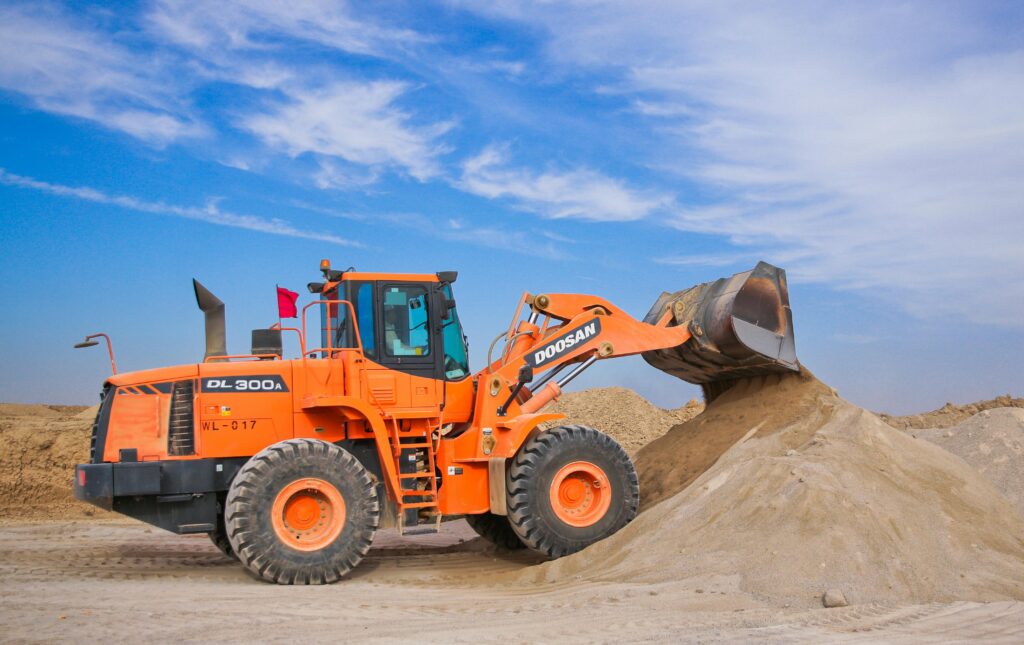Why Use a Sand Calculator?
Using a sand calculator is extremely useful to avoid overestimating, which leads to unnecessary expenses and leftover materials. Furthermore, underestimating can cause project delays. Our Sand Volume Calculator eliminates guesswork, providing accurate measurements to streamline your planning and budgeting.
What to do before your order your sand:
Follow these clear and straightforward steps to accurately determine your sand needs:
Step 1 – Measure the Area:
First, carefully measure the length and width of the area you intend to fill with sand. Use a measuring tape or digital measuring device for greater accuracy. If you’re working with an irregularly shaped area, simplify the task by dividing it into smaller, manageable sections. Measure each section separately and then add these individual measurements together to get the total area required.
Step 2 – Decide on Depth:
Next, establish the desired depth for your sand layer. Depth depends heavily on your specific project requirements. For example, projects such as sandpits or play areas typically need a deeper layer, around 150-300 mm, while paving projects often require a shallower layer of approximately 50-100 mm. Clearly deciding your sand layer depth is crucial to ensuring the accuracy of your calculation.
Step 3 – Calculate Volume:
After determining your area and desired depth, calculate the total sand volume you require by multiplying the area by the depth. This calculation will give you the volume expressed in cubic meters (m³). For example, a larger project might require multiple cubic meters of sand, so accurate calculations are critical to prevent substantial cost overruns or shortages.
Step 4 – Convert to Weight:
Finally, since sand is typically sold by weight rather than by volume, convert your sand volume into weight. Sand weight varies depending on its type and moisture content; however, dry sand generally weighs around 1,600 kg per cubic meter. Multiply your calculated volume by this average density to estimate the required weight accurately.
For instance, if you’re filling a rectangular area measuring 5 meters in length, 3 meters in width, and you have selected a sand depth of 0.1 meters, your calculations would look like this:
- Area: 5 m × 3 m = 15 m²
- Volume: 15 m² × 0.1 m = 1.5 m³
- Weight: 1.5 m³ × 1,600 kg/m³ = 2,400 kg
Therefore, you would need approximately 2,400 kg (2.4 tonnes) of sand. By using this systematic calculation method, you ensure accuracy, efficiency, and reliability in your project planning, significantly reducing the potential for costly errors or delays.
Sand Volume Calculator



